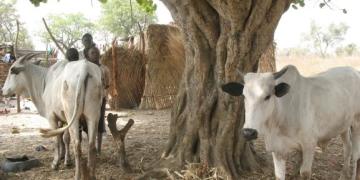Planning, reporting and monitoring stakeholder participation and communication
Strengthening stakeholders’ capacities
Analyzing current conditions of the marine environment and maritime uses
Building scenarios for MSP and sustainable blue economy
Showcasing key results through a simplified and interactive storytelling tool
Supporting the formulation of institutional recommendations at regional scale
